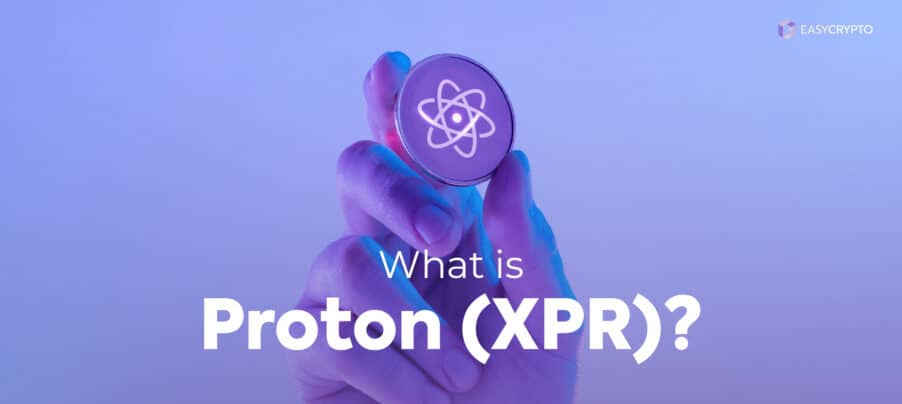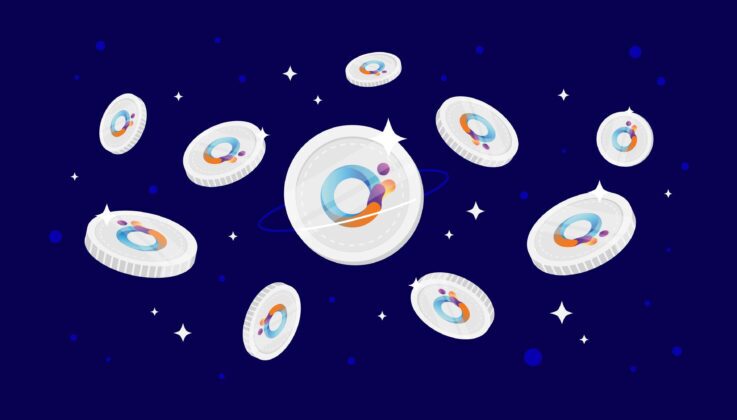What is Ripple (XRP)? How to Buy XRP in Australia?
Take a closer look at the Ripple (XRP) network and how it's set to evolve the way we send payments around the world.
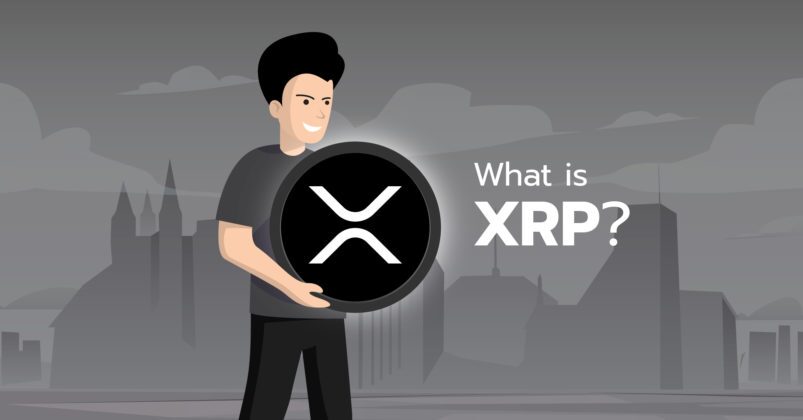

Ripple (XRP) is a cryptocurrency that aims to allow people to send money around the world faster and cheaper.
While most early cryptocurrencies lack features that allow easier monitoring transaction activities, among other regulatory activities, Ripple was designed to thrive within regulatory frameworks. Ripple invites the traditional legacy banking system to change the way international payments are done.
Key takeaways:
- Ripple has two parts: Ripple (XRP), refers to the token, and Ripple Labs as the compoany that designed the infrastructure and network.
- XRP is Ripple’s native cryptocurrency token, that provides a solution to transfer funds globally across borders efficiently and near-instantly.
- The primary function of XRP as a token is to serve as a bridge currency for legacy financial institutions to exchange fiat and crypto in a more cost-effective way.
Ripple (XRP) explained
First created by Ripple Labs in 2012, like Bitcoin, Ripple uses a distributed transaction ledger, powered by blockchain technology, to maintain record security and immutability. However, this is where the similarities end.
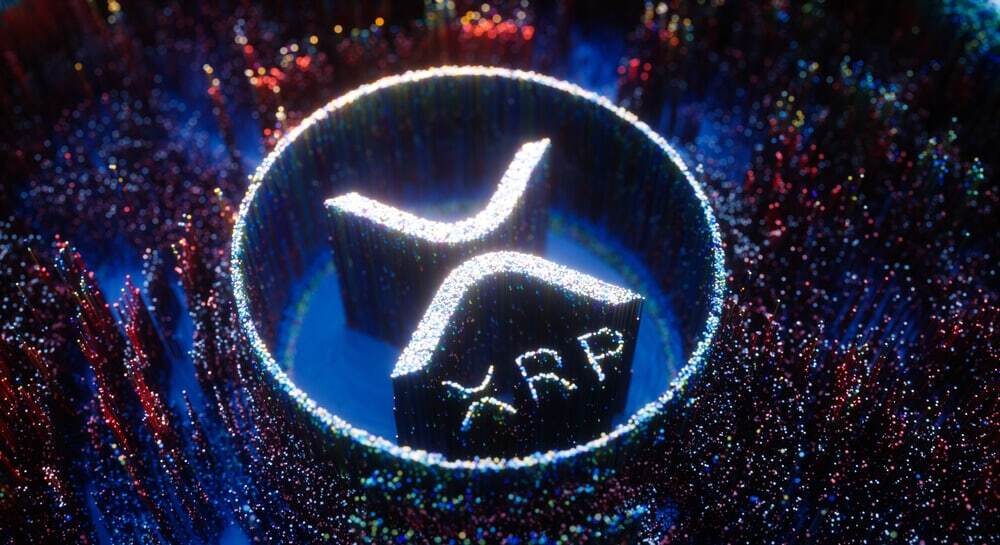
XRP transactions are performed across a permissioned blockchain. Behind the blockchain network is a private company that runs a collection of private computer nodes that validate transactions.
Every transaction is processed by a validator who has special permission to help maintain the Ripple payment network. This is very different from Bitcoin. With Bitcoin, it is possible for anyone to help validate transactions.
What’s good about Ripple XRP?
- Fast: 4 seconds (compared to 2 minutes for Ethereum, 10+ minutes for Bitcoin, and 1-5 days for traditional cross-border payments).
- Scalable: the network can theoretically handle the same volume as the Visa network.
- Cheap: It costs 0.00001 XRP to send a payment on the network.
- Trusted partnerships: Ripple has a very impressive partners list already.
You can see Ripple’s full partnership list here – but the list is not exhaustive:
- Bank of America
- American Express and Santander
- SBI Holdings
- MoneyGram
- National Bank of Fujairah PJSC (NBF)
- Money Match
- Standard Chartered Bank (SCB)
- Westpac Institutional Bank and Bank of Australia
- Royal Bank of Canada
- Unicredit
- Reisebank
- ATB
- National Bank of Abu Dhabi
- UBS
With over 200+ partnerships with major banks like Westpac and the Bank of America – the future of XRP at this point of time looks bright.
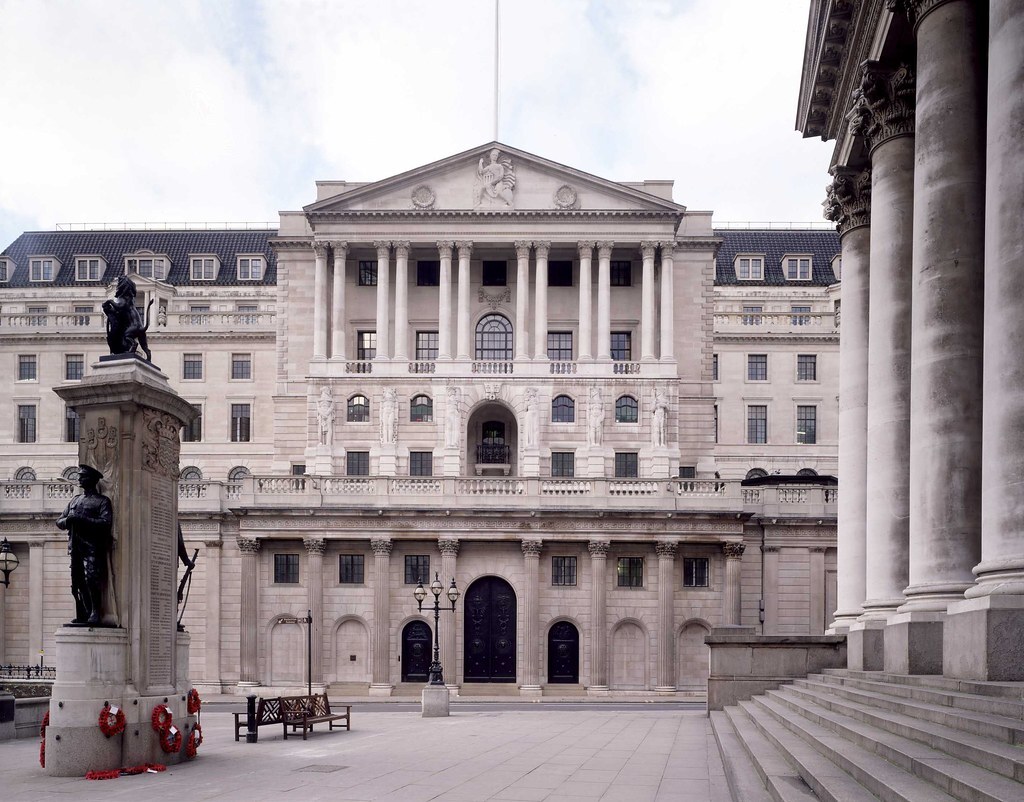
Is Ripple XRP a company, currency or network?
The structure around Ripple is more complicated than most cryptocurrencies, and “Ripple” can actually mean a few different things:
- First, there’s the cryptocurrency XRP. This is the coin that you can buy.
- Then there’s the privately held company behind the currency, known as Ripple Labs.
- Finally, there are the Ripple networks, or the infrastructure and systems created by Ripple Labs. These are known as XCurrent, XVia and XRapid, and they all do different things.
How does XRP work?
For the last 40 years, a Belgium company called SWIFT has dominated the global payments infrastructure.
Facilitating roughly 5 trillion dollars per day on its network, Swift has undoubtedly held the throne for global international payments over the last half-century.
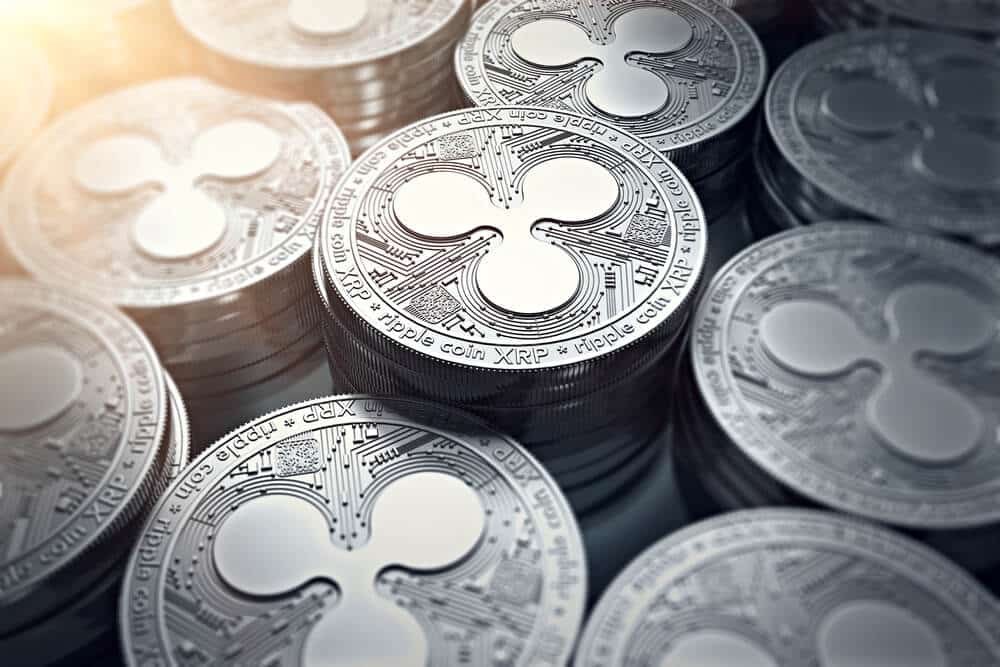
Unfortunately, it could still take days to send money overseas using the typical traditional money transfer systems such as SWIFT.
This is where Ripple comes into play. Here is roughly how XRP works:
1. Bank A wants to send money to bank B.
2. Bank A uses Ripple’s payment system to instantly convert local currency into XRP.
3. XRP is sent from Bank A Bank B in less than a second with minimal fees.
3. Bank B receives XRP and instantly converts it to their local fiat.
What does it mean to be ‘Centralised’?
Ripple is built on blockchain technology, just like Bitcoin. Unlike Bitcoin, however, Ripple is centralised. This means that only a limited number of computer nodes can validate the transactions on the network.
The Ripple network has 55 nodes, and these nodes are appointed by Ripple Labs. For comparison, there are no limits to the number of nodes on the Bitcoin network, and anyone can opt-in to be a Bitcoin node.
It’s also interesting to note that Ripple Labs holds 60% of all XRP, and the founders of Ripple own 20%. So only 20% of XRP is actually out there on the market.
Learn more: What is blockchain technology?
Ripple vs Bitcoin
Ripple uses a permissioned blockchain because Ripple is designed to be used by mainstream banks and payment processors.
Banks occasionally have to reverse a transaction or freeze customer funds at the request of law enforcement officials. However, with Bitcoin, reversing payments is not possible.
By comparison, reversing payments and freeing customer deposits with Ripple is easy. As a result, XRP and the Ripple network are fully compliant with anti-fraud, anti-money laundering, and other worldwide regulations governing traditional payment settlements.
What is Bitcoin? Everything you need to know about Bitcoin (BTC).
Takeaways
Ripple’s payment network is already being used by several major banks and financial institutions. XRP coin prices have also previously topped highs of almost $2.
Some believe that Facebook’s Libra undermines the basic use case of XRP. Still, others believe that the risk to XRP is minimal.
This is because Libra is designed to be used by everyday Facebook users — not banks or mainstream financial institutions.
How to Buy Ripple (XRP) in Australia?
That being said, what are your own thoughts on Ripple (XRP)?
There’s no denying the fact that Ripple’s network has been proven invaluable especially by legacy financial institutions, enabling them a more cost-effective method to exchange between fiat and cryptocurrencies.
XRP has consistently remained in the top 10 position based on total market cap. This makes it an attractive option for investing and diversification of your portfolio.
If you’re considering of investing in XRP, we got you covered.
Easy Crypto Australia is a non-custodial crypto exchange that offers over 160+ crypto assets for you to choose form.
As a non-custodial exchange, we deliver your crypto asets directly to your wallet, where you hold true ownership ofyour assets, unlike centralised exchanges.

Invest in Ripple (XRP): Buy XRP with Easy Crypto Australia.
Ripple (XRP) is just one of over 160+ cryptocurrencies that we provide here at Easy Crypto AU. Our collection of crypto assets include:
- Stablecoins
- NFT Tokens
- Metaverse Tokens
- DEX (Decentralised Exchanges)
- DeFi (Decentralised Finance)
- And many more.
Check the rates: View the latest rates for XRP.
Follow our video guide below on how to buy cryptocurrencies with Easy Crypto AU!
For a more detailed guide: Follow our step-by-step guide.
Read more on our learning hub to deepen your knowledge about cryptocurrencies with our library of crypto topics!
Share to
Stay curious and informed
Your info will be handled according to our Privacy Policy.
Make sure to follow our Facebook, Twitter, Instagram, and YouTube channel to stay up-to-date with Easy Crypto!
Also, don’t forget to subscribe to our monthly newsletter to have the latest crypto insights, news, and updates delivered to our inbox.
Disclaimer: Information is current as at the date of publication. This is general information only and is not intended to be advice. Crypto is volatile, carries risk and the value can go up and down. Past performance is not an indicator of future returns. Please do your own research.
Last updated July 18, 2024



